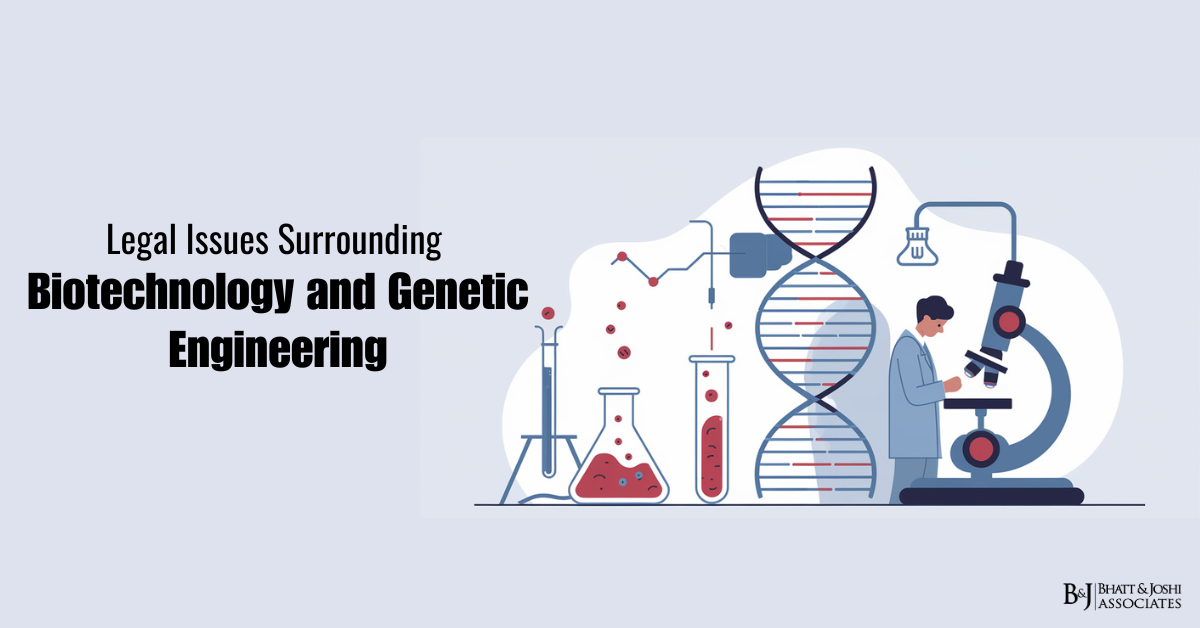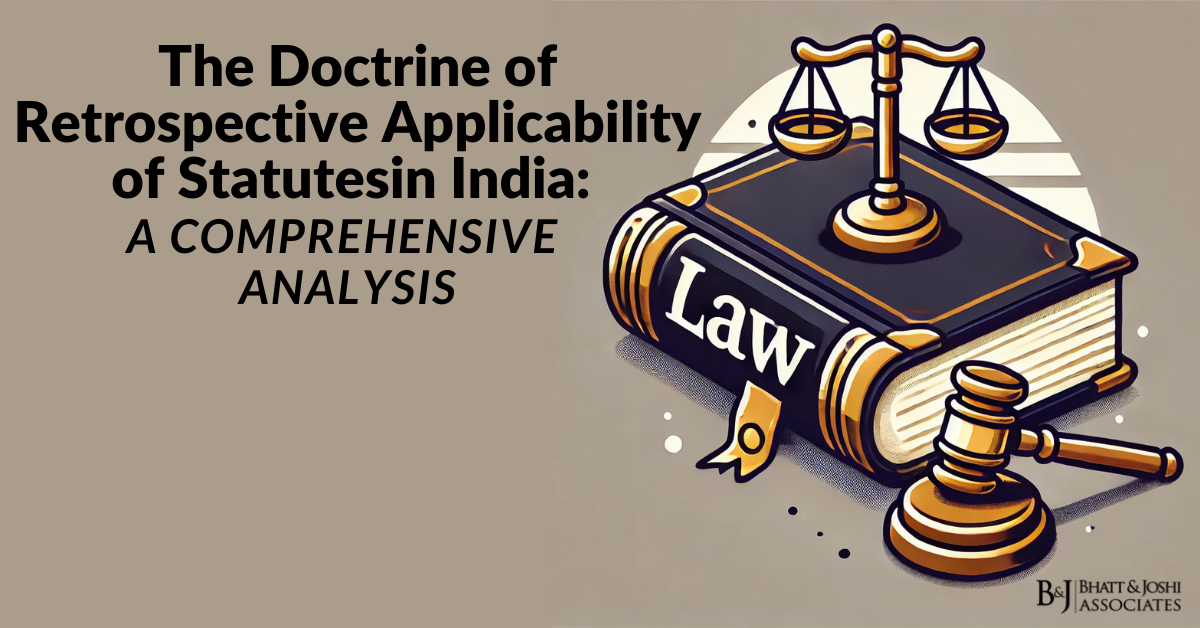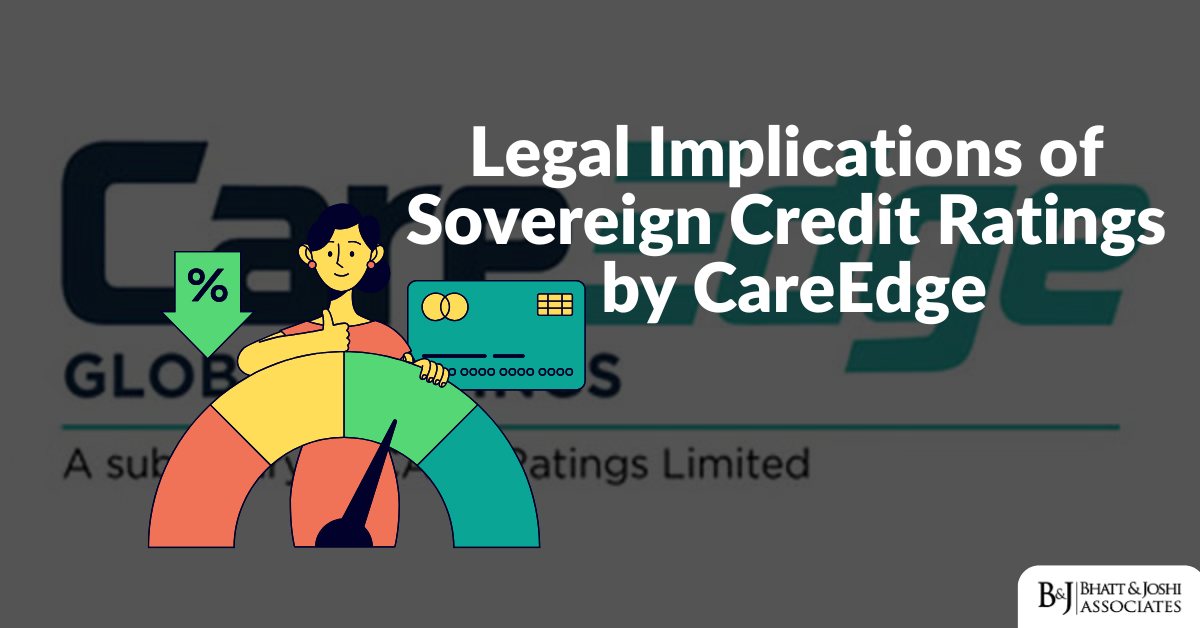Introduction
Biotechnology and genetic engineering are at the forefront of scientific innovation, promising revolutionary advancements in medicine, agriculture, industry, and environmental sustainability. These fields hold the potential to combat global challenges such as food scarcity, genetic disorders, and climate change. However, alongside their immense potential, biotechnology and genetic engineering present complex legal and ethical dilemmas that require robust regulatory frameworks to manage potential risks to human health, biodiversity, and societal values. As the scope of biotechnology expands, so do the legal challenges surrounding issues such as intellectual property, genetically modified organisms (GMOs), bioethics, environmental concerns, and international trade.
This article delves into the legal frameworks governing biotechnology and genetic engineering, discussing the regulatory bodies, laws, case laws, and judgments that have shaped the landscape of this dynamic field. As these technologies continue to evolve, so must the legal systems, which seek to balance innovation with safety, ethics, and public interest.
Biotechnology and Genetic Engineering: Definitions and Scope
Biotechnology is defined as the use of biological processes, organisms, or systems to manufacture products intended to improve human life. These processes are applied across diverse industries, including agriculture, healthcare, industrial biotechnology, and environmental science. Genetic engineering is a more specific subset of biotechnology, referring to the direct manipulation of an organism’s genome to alter its characteristics or abilities. Techniques such as CRISPR-Cas9 have revolutionized genetic engineering by allowing for precise, targeted modifications to DNA, leading to breakthroughs in fields such as gene therapy, crop improvement, and synthetic biology.
The scope of biotechnology and genetic engineering extends beyond laboratory research and into daily life, influencing the food we eat, the medicines we use, and the materials we rely on. However, as these technologies proliferate, concerns arise about safety, environmental impact, ethical considerations, and the rights of individuals and communities.
Regulatory Frameworks Governing Biotechnology and Genetic Engineering
Regulation of biotechnology and genetic engineering is critical to ensuring that these technologies are used safely and ethically. Regulatory frameworks vary from country to country, but they generally focus on safety, public health, environmental protection, and ethical considerations. Regulatory oversight ensures that the benefits of biotechnology are realized while minimizing potential risks.
In the United States, three federal agencies play a key role in regulating biotechnology. The Food and Drug Administration (FDA) oversees the safety of genetically engineered food and drugs intended for human consumption. The Environmental Protection Agency (EPA) regulates the environmental impact of genetically engineered organisms, particularly in the context of agriculture and pest control. The Department of Agriculture (USDA) focuses on the safety of genetically modified crops and plants. Together, these agencies form the Coordinated Framework for the Regulation of Biotechnology, established in 1986, which serves as the foundational legal structure governing the safe use of biotechnology in the United States.
The European Union (EU) has a more precautionary approach to biotechnology and genetic engineering. Under the precautionary principle, GMOs and other products derived from biotechnology are subject to extensive scientific risk assessments before they are approved for public use. Directive 2001/18/EC outlines the rules governing the deliberate release of GMOs into the environment, ensuring that potential risks are thoroughly evaluated. Additionally, Regulation (EC) No. 1829/2003 governs GMOs in food and feed, emphasizing consumer safety and environmental protection. The EU’s regulatory regime is one of the strictest in the world, reflecting the public’s concern over the safety and ethics of genetically engineered organisms.
In India, the regulation of biotechnology and genetic engineering is governed by the Environment Protection Act, 1986, with oversight by the Ministry of Environment, Forest and Climate Change (MoEFCC). The Genetic Engineering Appraisal Committee (GEAC) is responsible for granting approvals for the research, development, and commercialization of genetically engineered organisms. India has also adopted specific guidelines and rules, such as the “Rules for the Manufacture, Use, Import, Export and Storage of Hazardous Microorganisms/Genetically Engineered Organisms or Cells, 1989,” which regulate the use of GMOs and ensure that potential hazards to human health and the environment are minimized.
Intellectual Property and Patents in Biotechnology
Intellectual property (IP) rights are a cornerstone of innovation in biotechnology. Patents, in particular, provide inventors with exclusive rights to their creations, incentivizing the development of new technologies. In biotechnology, patents can cover a wide range of innovations, including genetically engineered organisms, DNA sequences, gene editing techniques, and biotechnology-related processes.
The landmark U.S. Supreme Court case Diamond v. Chakrabarty (1980) was a pivotal moment in biotechnology law. The Court held that genetically modified microorganisms could be patented, marking the first time a living organism was deemed patentable. This decision paved the way for the biotechnology industry to seek patents on genetically engineered organisms and related technologies. However, the decision also sparked ethical debates about whether life forms should be subject to patent protection.
Another significant case was Myriad Genetics, Inc. v. Association for Molecular Pathology (2013), where the U.S. Supreme Court ruled that naturally occurring DNA sequences could not be patented, but synthetic DNA (cDNA) could. This ruling drew a clear line between discoveries that occur naturally and human-made inventions, which remain eligible for patent protection. The Myriad case highlighted the tension between encouraging innovation in biotechnology and ensuring that fundamental discoveries in nature remain accessible to the public.
In the European Union, the Biotech Directive (98/44/EC) provides the legal framework for patenting biotechnological inventions. This directive allows for the patenting of genetically modified organisms and biological materials, provided that they are not naturally occurring. However, the directive also places limits on what can be patented, particularly when it comes to ethical concerns. For example, the directive prohibits patents on inventions that involve human cloning or the use of human embryos for industrial or commercial purposes.
Genetically Modified Organisms (GMOs): Legal and Ethical Challenges
The development and commercialization of genetically modified organisms (GMOs) have generated significant legal and ethical challenges worldwide. GMOs are organisms whose genetic material has been altered using genetic engineering techniques to produce desirable traits, such as pest resistance or enhanced nutritional content. While GMOs offer substantial benefits, particularly in agriculture, they have also raised concerns about environmental risks, food safety, and corporate control over the food supply.
In the European Union, the regulation of GMOs is guided by the precautionary principle, which requires that potential risks be thoroughly evaluated before GMOs can be approved for cultivation or sale. Directive 2001/18/EC, as mentioned earlier, sets out the rules for the release of GMOs into the environment, while Regulation (EC) No. 1829/2003 covers the marketing of GMOs for food and feed. One of the key legal issues surrounding GMOs in the EU is the right of member states to ban or restrict the cultivation of GMOs on their territory. Several countries, including France and Germany, have invoked the precautionary principle to prohibit the cultivation of certain GMO crops, despite their approval at the EU level.
In the United States, the legal framework for GMOs is less stringent. The USDA, FDA, and EPA share responsibility for regulating GMOs, but there is no mandatory labeling requirement for GMO products. This has led to legal battles over consumer rights and transparency. For instance, the Alliance for Bio-Integrity v. Shalala (1998) case challenged the FDA’s decision not to require labeling for genetically engineered foods. The court upheld the FDA’s position, arguing that GMOs are not inherently different from traditional foods. However, this ruling has remained controversial, as it limits the public’s ability to make informed choices about the food they consume.
In India, the debate over GMOs has been particularly intense, with several public interest litigations being filed in the Supreme Court to challenge the commercialization of genetically modified crops. The introduction of Bt cotton, India’s first genetically modified crop, has been both celebrated and criticized. Proponents argue that Bt cotton has increased yields and reduced pesticide use, while critics raise concerns about environmental risks and the long-term sustainability of GMO agriculture. The Supreme Court of India has been involved in several high-profile cases related to GMOs, including a petition seeking a ban on the commercial release of genetically modified mustard. These cases highlight the need for a balanced approach to regulating GMOs, ensuring both agricultural innovation and environmental protection.
Bioethics and Genetic Engineering
The ethical challenges of genetic engineering extend beyond concerns about GMOs to encompass broader issues such as human gene editing, cloning, and synthetic biology. Technologies like CRISPR have made it possible to edit genes with unprecedented precision, raising the possibility of curing genetic disorders but also sparking fears of “designer babies” and human enhancement. The potential for genetic engineering to alter the human genome has led to calls for stronger legal and ethical safeguards.
The case of He Jiankui, a Chinese scientist who claimed to have edited the genes of human embryos using CRISPR, is a stark example of the ethical and legal challenges posed by genetic engineering. He’s announcement in 2018 that he had created the world’s first genetically edited babies was met with international condemnation. He was later sentenced to prison for violating medical regulations, but his actions raised fundamental questions about the boundaries of genetic engineering and the role of law in regulating such practices.
In response to the ethical challenges posed by genetic engineering, many countries have enacted strict regulations on the use of genetic editing technologies, particularly in human reproduction. In the European Union, for example, human germline editing (editing genes that can be passed to future generations) is prohibited. The Charter of Fundamental Rights of the European Union explicitly bans eugenics and reproductive cloning, ensuring that human genetic engineering is subject to stringent ethical oversight.
In the United States, regulation of genetic engineering in humans is more fragmented. While federal agencies like the FDA regulate gene therapy, the legal framework for human germline editing is less clear. Some states have enacted laws prohibiting certain forms of genetic engineering, while others have left the issue largely unregulated. This patchwork of laws reflects the ongoing ethical debate surrounding genetic engineering and the challenges of creating a coherent legal framework for emerging technologies.
International Trade and Biotechnology
Biotechnology and genetic engineering also present legal challenges in the realm of international trade. The global nature of biotechnology means that genetically engineered products, such as GMOs, are often subject to international trade disputes. Countries with differing regulatory standards may clash over the import and export of genetically modified products, leading to complex legal battles.
One of the most notable cases in this regard is the EC – Measures Affecting the Approval and Marketing of Biotech Products (2006) case at the World Trade Organization (WTO). In this case, the United States, Canada, and Argentina challenged the European Union’s de facto moratorium on GMOs, arguing that it violated international trade rules. The WTO ruled in favor of the complainants, finding that the EU’s delays in approving GMOs were inconsistent with its obligations under the Agreement on the Application of Sanitary and Phytosanitary Measures (SPS Agreement). This case highlights the tension between national regulatory sovereignty and the principles of free trade in the context of biotechnology.
The Cartagena Protocol on Biosafety, an international treaty under the Convention on Biological Diversity, provides a framework for the safe handling and transfer of genetically modified organisms across borders. The Protocol allows countries to restrict imports of GMOs if they believe the products pose risks to biodiversity or human health, thus providing a legal mechanism for balancing the need for international trade with the protection of environmental and public health.
Conclusion
The legal issues surrounding biotechnology and genetic engineering are multifaceted and global in nature. From intellectual property rights to bioethics, environmental concerns, and international trade, the regulation of biotechnology requires a careful balance between promoting innovation and safeguarding public health, safety, and ethical values. As technologies like CRISPR and synthetic biology continue to evolve, legal systems around the world will need to adapt to address the new challenges and opportunities that arise.
Courts and regulatory bodies will play a crucial role in shaping the future of biotechnology, interpreting existing laws in light of new scientific developments and setting precedents for future cases. At the same time, international cooperation will be essential to addressing the global nature of biotechnology, ensuring that the benefits of these technologies are shared while minimizing the risks to individuals, societies, and the environment.














